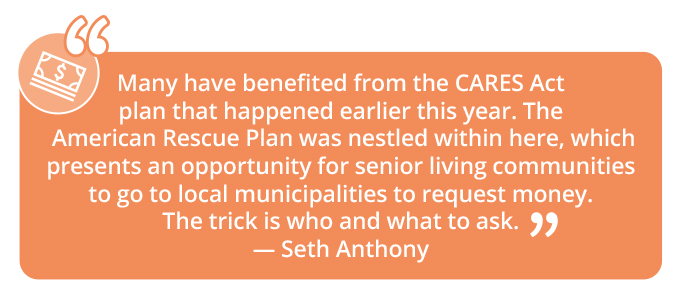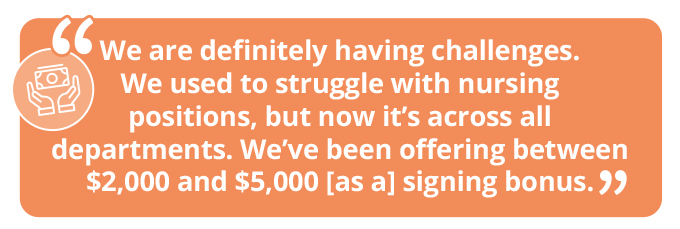October 22 is National Make a Difference Day! To honor this day of service, we asked our staffers,
“What is one thing you are doing to make a difference?”
Here are some of their answers:
“I’m building a sanctuary for nature and its creatures.”
“l live on a farm, where I compost just about everything possible, plant bee and butterfly favorites like milkweed, bee balm and butterfly bushes, and tend a flock of chickens that give me great nutrients for my gardens. I also maintain a small pond that attracts frogs, insects and butterflies, and build and install birdhouses around my property.”
— Jace Dawson, Project Manager
“I join 100 women in making a bigger difference together than we could alone.”
I belong to 100 Women Who Care, and each of us donates $100 per quarter and awards the aggregate $10,000 to a nonprofit in need. We nominate the nonprofits to be considered, they each present to us, and then we vote for who should receive the funding.”
— Jackie Stone, Sales Consultant
“I serve as an election judge in my own precinct.”
After the murder of George Floyd, I wanted to do something that would make my community fairer and more equitable. I looked around for ways to do that and determined one of the best ways was to get involved in the election process. I wanted to be a poll watcher to ensure everybody was able to safely and confidently vote. However, I was told the greatest need was to be an election judge in my own precinct. I’ve served in that capacity since 2020.
— Derek Dunham, VP Client Services
“I support organizations that support the community.”
“I donate to local organizations and am mindful of the environment, because we all live downstream.”
— John Bassounas, Partner
“I’m going a year without purchasing new clothing.”
“At the end of 2021 I did my routine closet clean-out, and by the end of the day I was donating more bags of clothing than I care to share the final number of. Seeing that much clothing was humbling and disturbing. I probably was only wearing about 20% of my clothes. I took on the challenge to see if I could go an entire year without purchasing any clothing, and I’m well on my way there. Remake has been a great resource, and is packed with information about huge flaws in the fashion industry, from labor issues to the huge amount of clothing that ends up in landfills.”
— Renee Kelly, Art Director
“I volunteer my time to a nonprofit theatre company and a community college’s graphic design program.”
“For over 35 years, I’ve supported the local arts community by volunteering my time to a nonprofit theatre company — producing posters for The Harrisburg Shakespeare Company’s main stage events. I’ve also dedicated time to the local community college’s graphic design program, as a member of their advisory board, a guest lecturer and mentor to students, assisting them in preparing their portfolios and honing interview skills prior to graduation.”
— Robinson Smith, Creative Director
“I focus on reducing plastic use and recycling, buying locally and composting everything I can.”
“I compost everything (including buying compostable diapers), have planted bee- and butterfly-friendly flowers, use biodegradable cleaners, recycle all that I can, and use Terracycle for items that aren’t traditionally recyclable. I also buy local eggs, meat and produce at the farmers’ market one mile from my house that I walk to.”
— Natalie Groeger, Senior Account Strategist
That’s what we’re doing to make a difference! Here’s to helping each other, our communities and the planet!





















